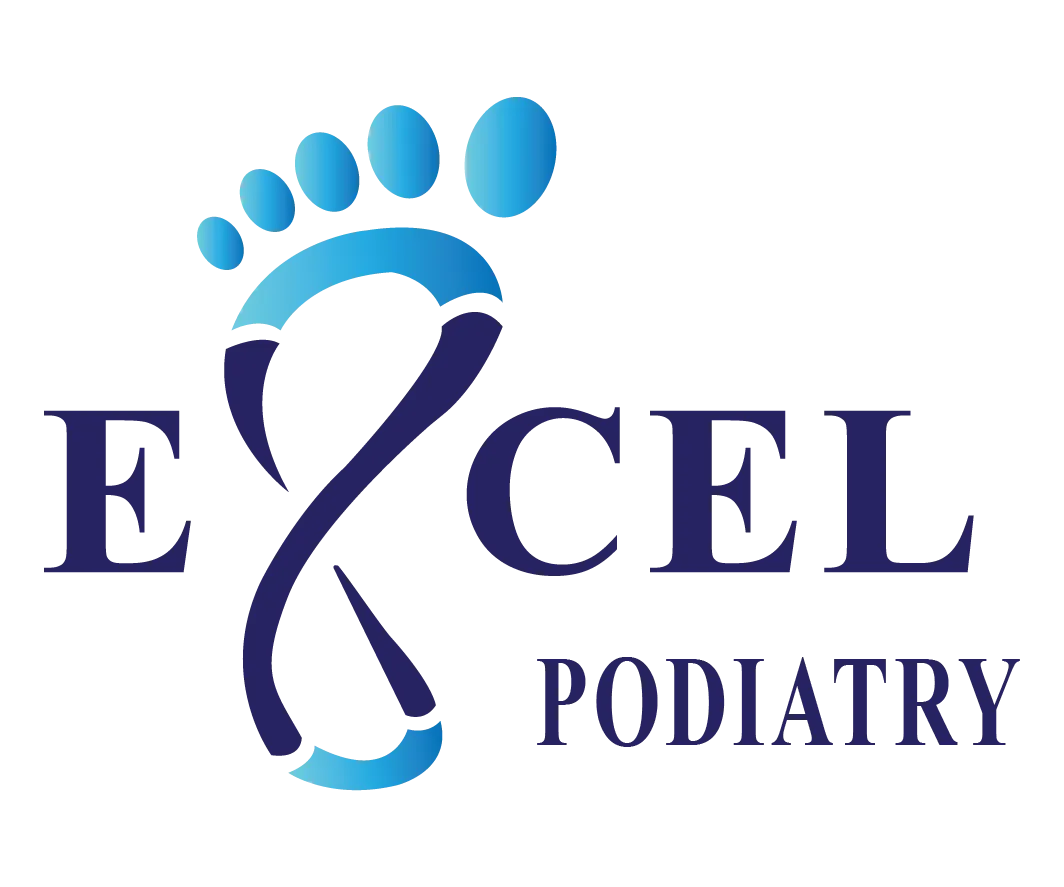Shockwave Therapy

Shockwave therapy is a non-invasive and effective treatment option for a variety of foot and ankle conditions commonly seen in podiatry customers. It works by delivering high-energy acoustic waves to the affected area, which stimulates the body's natural healing process, reduces pain and inflammation, and promotes tissue regeneration.
In podiatry, shockwave therapy can be used to treat conditions such as plantar fasciitis, Achilles tendonitis, heel spurs, and stress fractures. By using shockwave therapy, podiatrists can provide their customers with a safe and efficient alternative to traditional treatments, such as medication, surgery, and physical therapy.
Watch this for a shock wave video demonstration : https://youtu.be/P5dibaAu7pQ
About Shock Wave Therapy
Q: What are the benefits of shockwave therapy?
A: Shockwave therapy offers several benefits for podiatry patients, including:
-Non-invasive treatment option
-Faster healing times
-Reduction in pain and inflammation
-Improved mobility and range of motion
-No downtime or recovery time
Q: Is shockwave therapy painful?
A: Shockwave therapy can cause some discomfort during treatment, but it is generally well-tolerated by patients. Some patients may experience mild soreness or swelling after treatment, but this usually resolves quickly.
Q: What conditions can be treated with shockwave therapy?
A: Plantar fasciitis, Achilles tendonitis, Shin splints, Stress fractures, Morton's neuroma, Heel spurs
Q: Are there any side effects of shockwave therapy?
A: Side effects of shockwave therapy are generally mild and include temporary soreness, swelling, and bruising at the treatment site. Rarely, more serious side effects such as nerve damage or infection can occur, but these are very uncommon.
Q: How many treatments are needed?
A: The number of treatments needed for shockwave therapy varies depending on the severity of the condition being treated. Generally, patients receive between two to three treatments, spaced one to two weeks apart.
Q: Is shockwave therapy covered by insurance?
A: Shockwave therapy is typically considered an elective procedure and is not covered by insurance. However, some insurance plans may cover the cost of treatment if it is deemed medically necessary. Patients should check with their insurance provider to determine their coverage.
